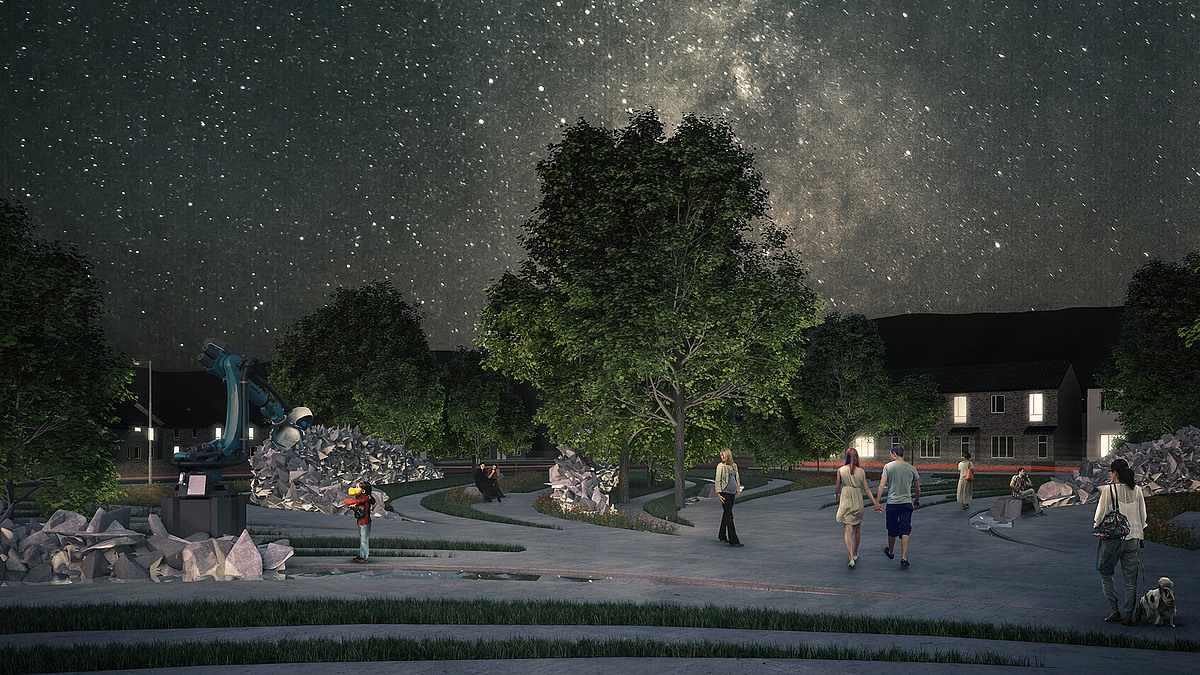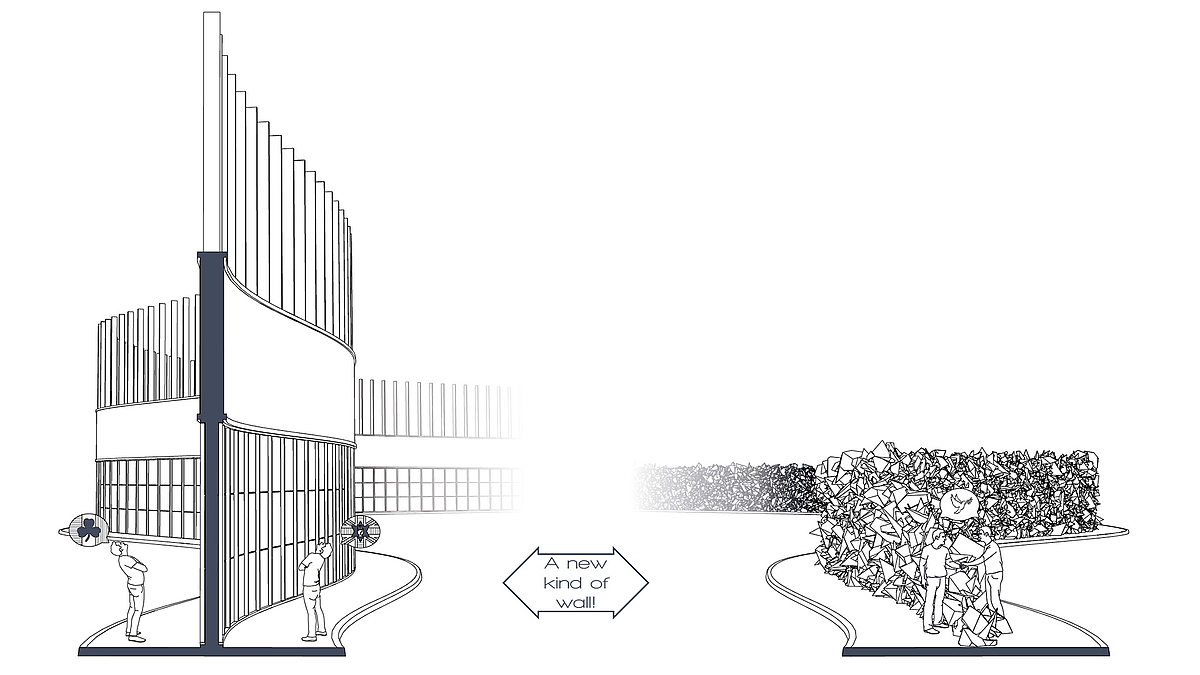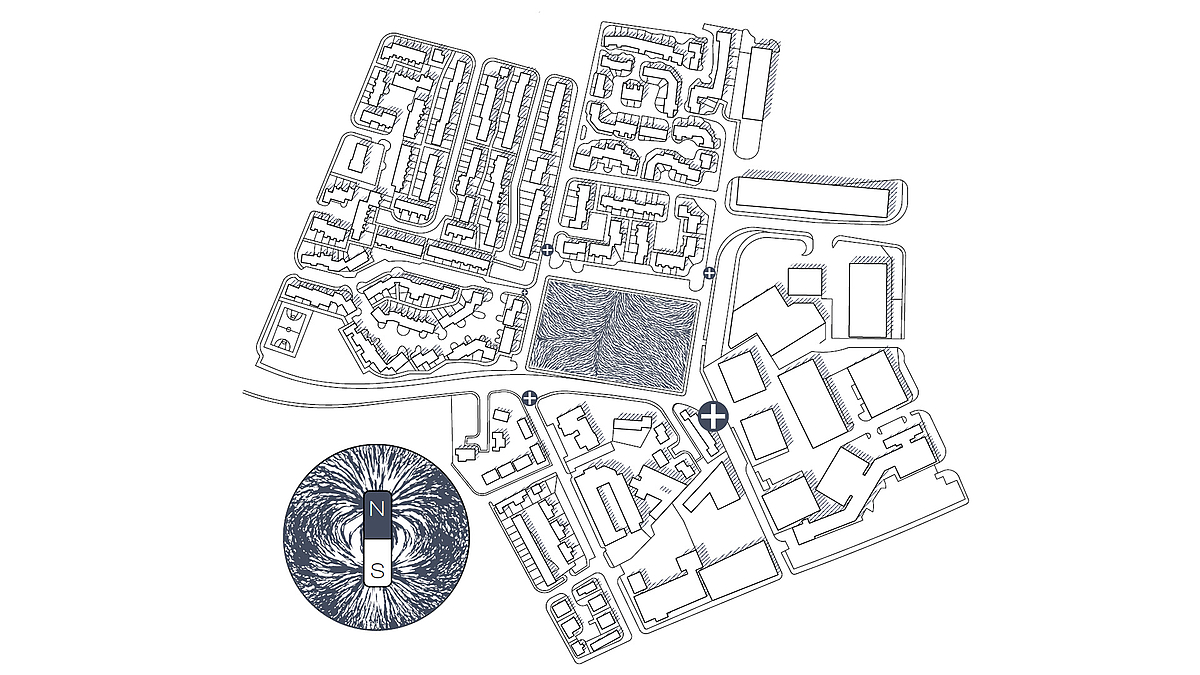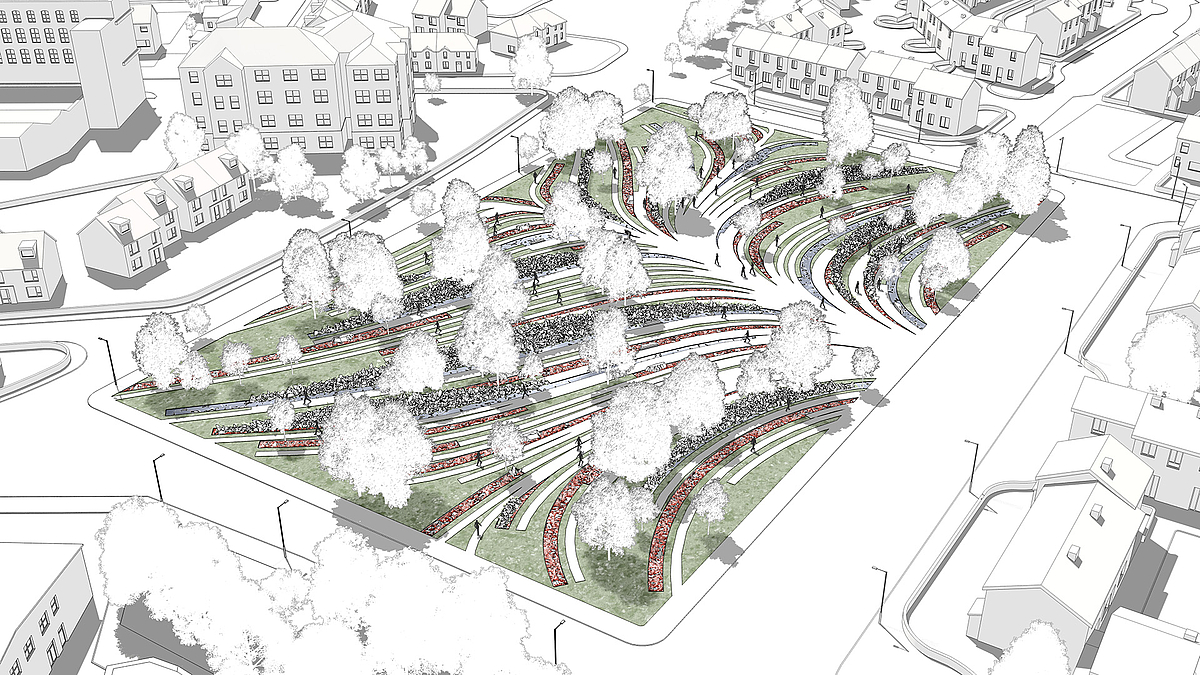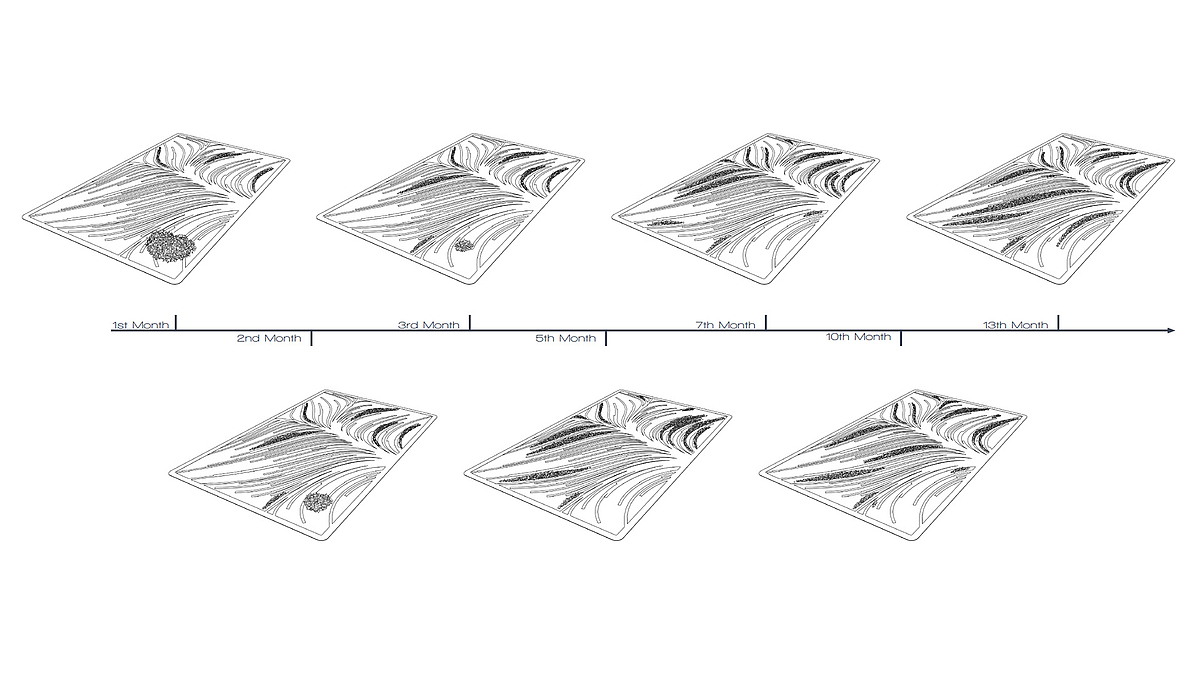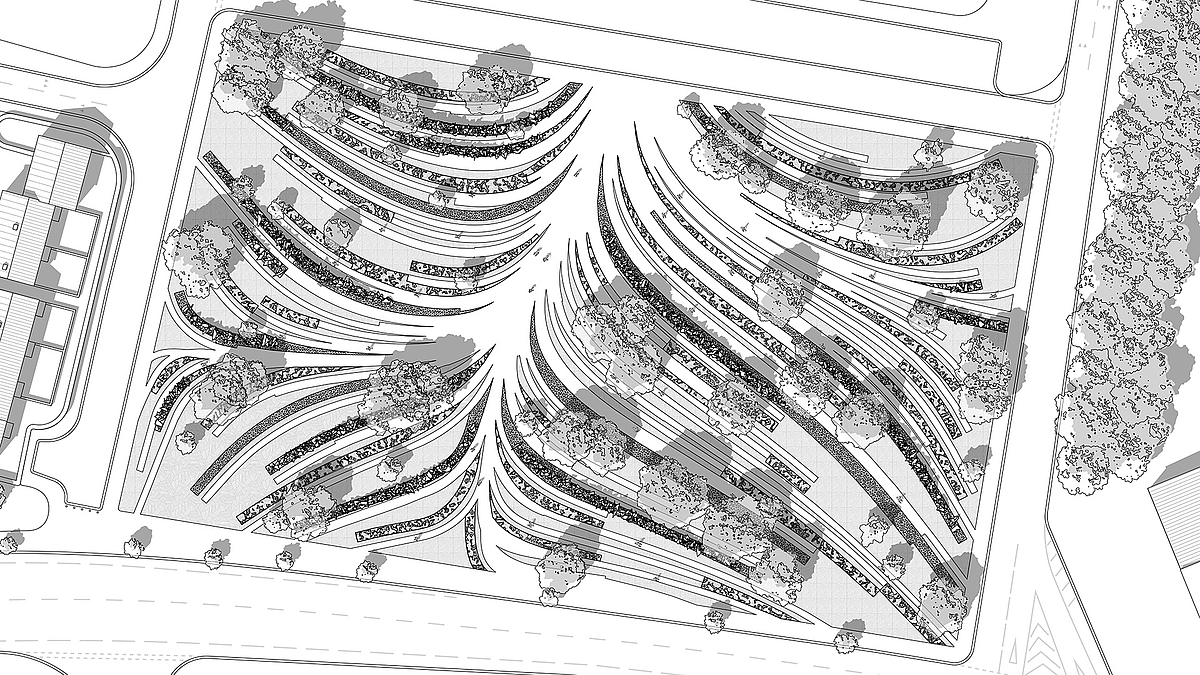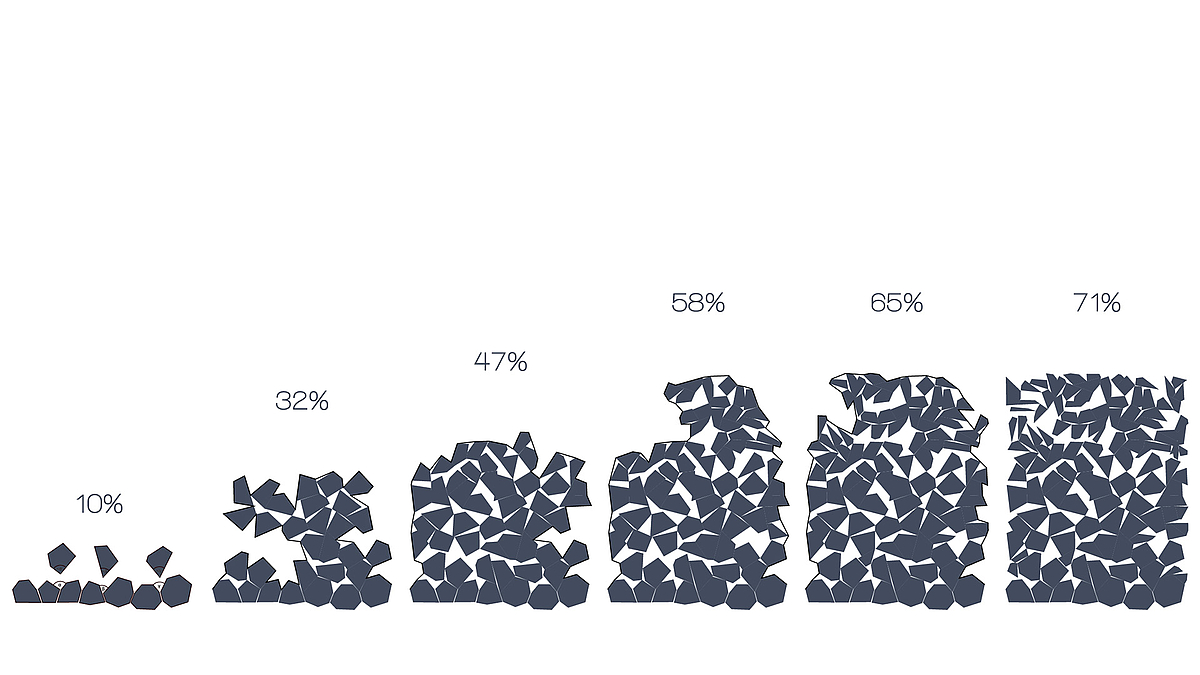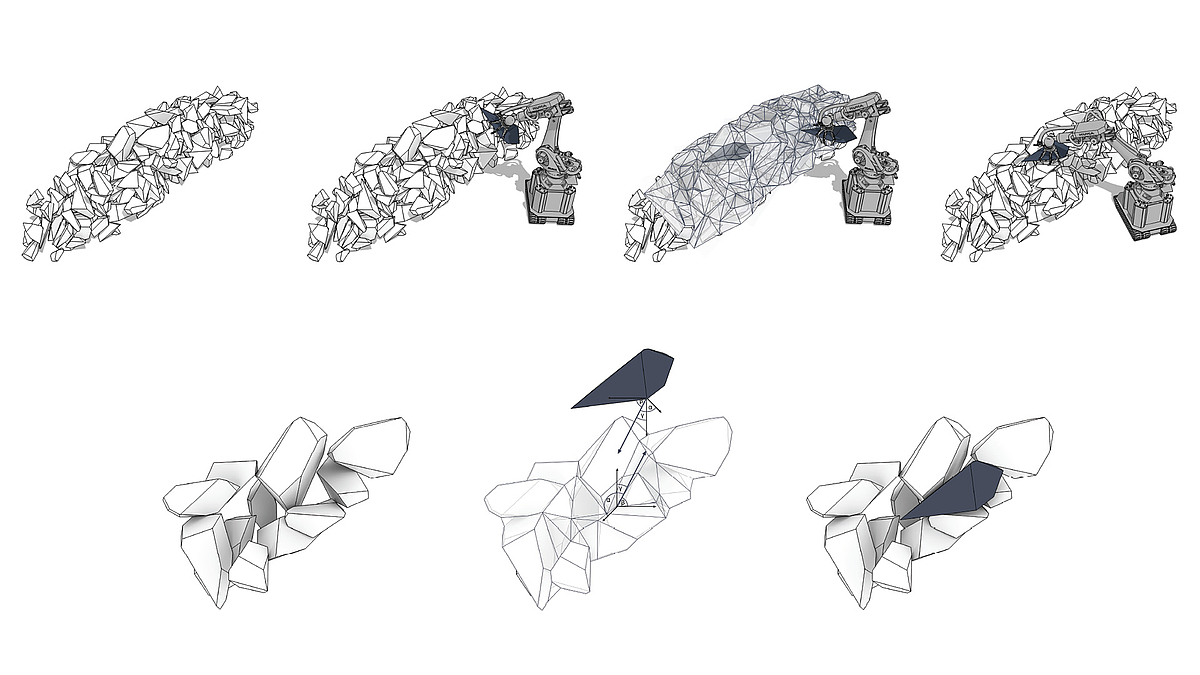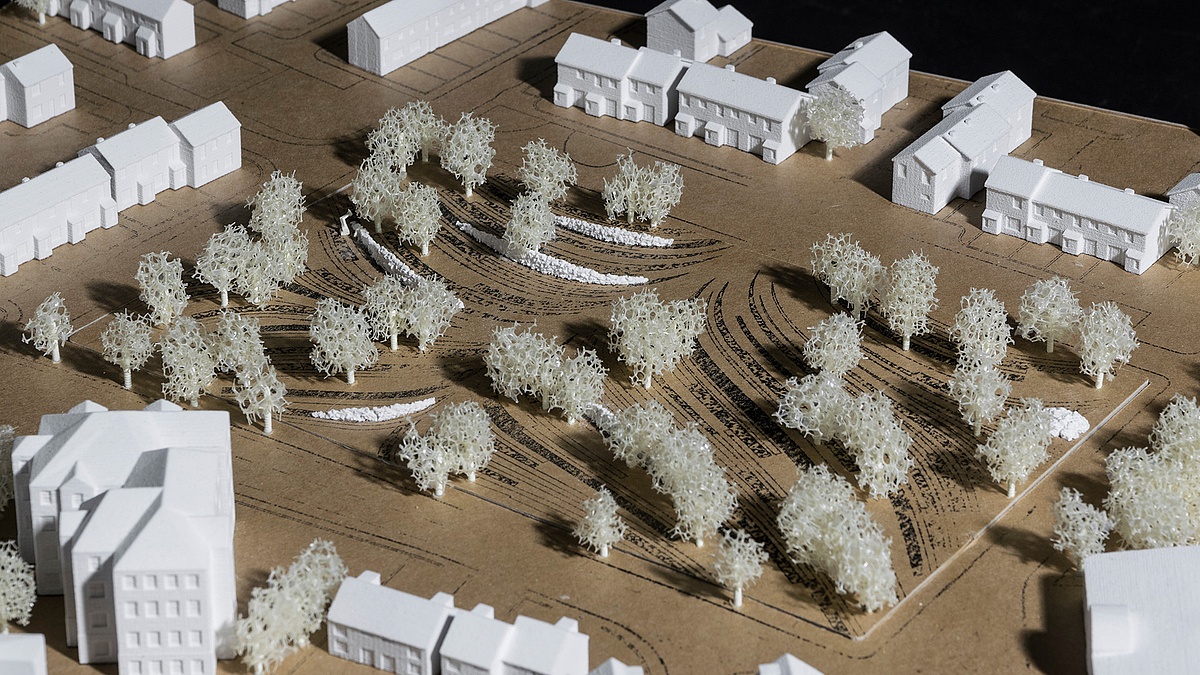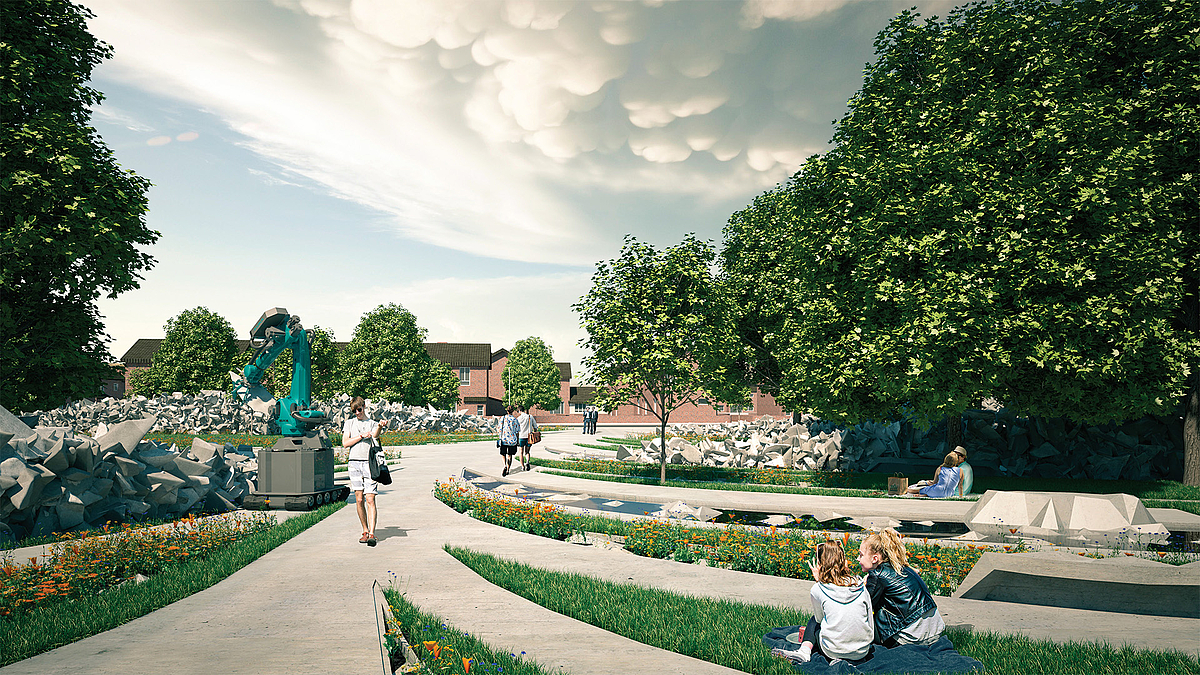Abstract
Dry stone construction – or the laying of stones without utilizing mortar – is the oldest form of construction made of stone. It comes in many forms and styles, mainly dependent on the level of work spent on the individual stones and the layout of the overall wall. Whereas the first advanced civilizations, like the Egyptians or Babylonians, spent tremendous work on the individual stones leading to a form of masonry basically without gaps, the construction was also used in everyday life, where the stones found in the fields were laid in walls surrounding said fields or were used for primitive housing, were the stones were basically used as found.
While the constructions with found stones, like in Ireland for example, do need touching up quite often, so as not to deteriorate as do many ruins standing there, the construction with massive formed stones lasts millennia.
The thesis will not work with highly formed or machined stones, but with the assembly of found matter. The starting thought leading to this work was therefore the consideration of what to do with a certain amount of stones from a blasting, for example. What to do with a load of different matter in different sizes and maybe even different materializations?
For a possible solution to this problem several algorithms have been designed, to address the problem of stacking irregular geometry and to find ways of assembling those. This shouldn’t be the answer to the problem however, but the research is destined to end in an architectural design utilizing said research and giving not only an example of its usage, but also a pleasing design.
Design
The design deals with found matter - namely matter from the demolition of the peace lines dividing the city of Belfast in Northern Ireland. The work is therefore also meant as a political statement for the establishment of peace between republicans and loyalists in Norther Ireland.
Contrary to the rigid barriers, that form the peace lines, the structure of the park had to be a rather more fluent network, constituting a framework in which the walls could be build. From the main access points of the site a spine was developed, utilizing a magnetic field line simulation. This created a meandering set of paths, merging in the central axis. This aggregation of ways not only forms access for the people using it, but also a central spine and nervous system for the robot.
Parallel to the ways, determined by the reach of the robot, special areas are placed for the walls to sit on; some of those being flower beds, others filled with water.
In the beginning of the process, the robot is placed in the park without any walls being there. It starts out with a pile of rubble from the destroyed peace lines, which is dumped onto the site.
Via CCTV or other means it is determined which strand is used the most actively. Within a certain time interval this is evaluated and set in a list of priorities. The strand with the highest priority is the one where the wall is built until it is finished. It then starts building the second wall and so on. When enough matter is in use, no new rubble is added, so the robot starts dismantling the walls with least priority.
In this way people can influence the process, by setting up points of action to attract the robot. These fluent barriers lead to an ever changing architecture. With new arrangements of walls the space changes and new spots of interest emerge.
In this way the walls that divided the city stay in peoples minds. Walls get in the way and change the place. But they are different from the peace lines in that they create space and not divide spaces.
Thus a memorial is created, while also having a place for people to get to know each other and overcome barriers in their minds.
Info
Author:
Jan Philipp Drude
First Examiner:
Prof. Mirco Becker
Second Examiner:
Prof. Michael Schumacher
Summer Semester
2017
Videos:

